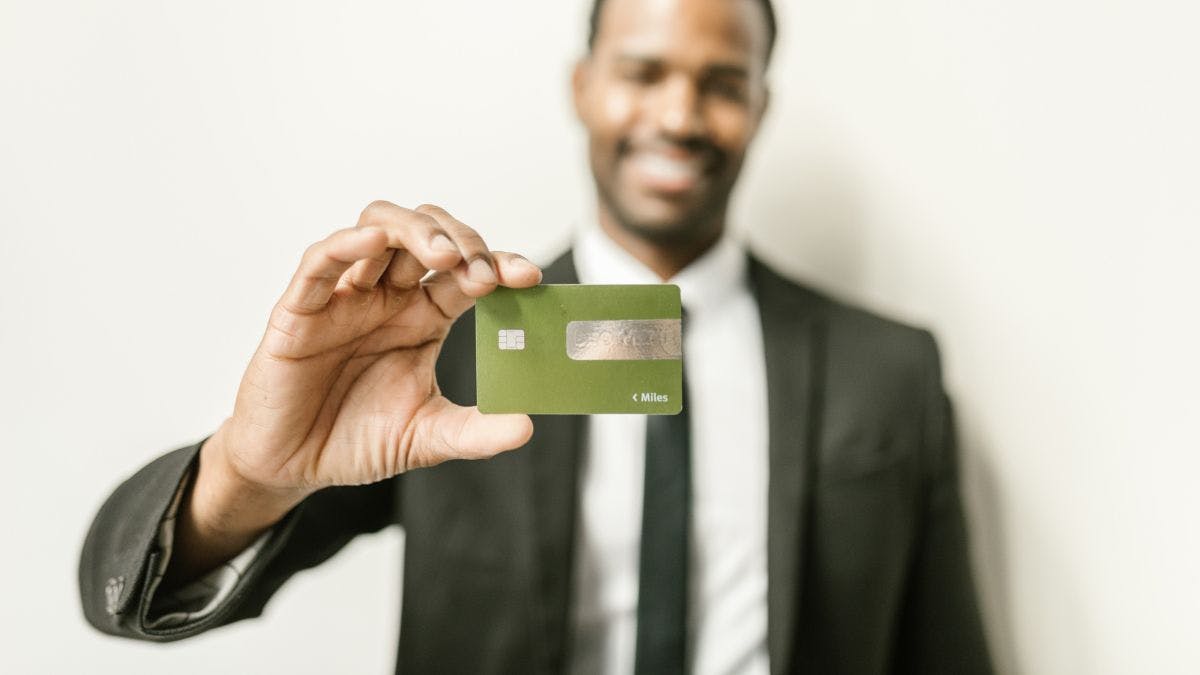To get a merchant account you should shop for a merchant account provider and apply for one online. The process is rather simple, but there are nuances to consider when selecting your final payment processing solution. For example, if you’re in an industry like firearms, CBD, or have subscription billing, then a high risk merchant account will be in order.
Accepting electronic payments has become an essential component of running a successful business. Whether you're a brick-and-mortar store or an online entrepreneur, having a merchant account is crucial for processing credit and debit card payments. This article serves as your guide, walking you through the steps of obtaining a merchant account and unleashing the potential of seamless payment processing.
What Do I Need A Merchant Account For?
A merchant account is a specialized bank account that enables businesses to accept various forms of electronic payments, including credit and debit card transactions. It acts as an intermediary between your business, the customer's financial institution, and the payment processor, ensuring smooth and secure transactions.
10 Steps To Getting A Merchant Account
1. Research and Compare: Begin by researching and comparing different merchant account providers. Look for providers that align with your business type, industry, and transaction volume.
2. Gather Business Information: Prepare essential business documents, including your business license, tax identification number, bank statements, and any relevant financial information.
3. Assess Risk Profile: Merchant account providers assess the risk associated with your business. Be prepared to provide details about your business model, products, services, and anticipated transaction volume.
4. Choose the Right Provider: Select a merchant account provider that suits your business needs. Consider factors like transaction fees, monthly costs, contract terms, and customer support.
5. Application Submission: Submit your application to the chosen provider. This might involve filling out an online application form and providing the necessary documentation.
6. Undergo Underwriting: The provider's underwriting team will review your application and documents. They assess risk factors and determine if your business aligns with their policies.
7. Negotiate and Finalize Terms: Once approved, negotiate terms with the provider. Discuss rates, fees, contract lengths, and any additional services you might need.
8. Set Up Payment Gateway: Your merchant account will be integrated with a payment gateway—a technology that securely processes online payments. Ensure compatibility with your e-commerce platform.
9.Test Transactions: Before going live, conduct test transactions to ensure the payment processing system functions smoothly and the funds are correctly deposited.
10. Go Live and Monitor: Once everything is in place, you're ready to start accepting electronic payments. Continuously monitor transactions and reconcile deposits to your bank account.

Tips for a Smooth Process:
- Be Transparent: Provide accurate and detailed information about your business to avoid delays in the underwriting process.
- Evaluate Fees: Consider the overall cost structure, including transaction fees, setup costs, and potential monthly fees.
- Prioritize Security: Choose a provider with robust security measures to safeguard sensitive customer data.
- Consider Integration: Ensure your merchant account integrates seamlessly with your website or point-of-sale system.
- Review Contracts: Carefully review the terms and conditions of the contract before finalizing.
Obtaining A Payment Processing Solution
Securing a merchant account is a pivotal step towards modernizing your business's payment infrastructure. By conducting thorough research, preparing necessary documentation, and collaborating closely with a reliable provider, you can unlock the doors to convenient and secure payment processing. Whether you're a startup or an established enterprise, obtaining a merchant account empowers you to meet customer expectations in an increasingly digital world.





